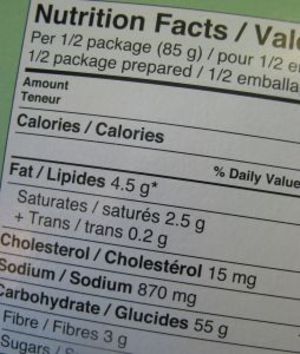Explain to your students that nutritionists created a food pyramid to give us an example of how much food we should be eating each day. The food pyramid also tells us what kinds of foods are good and which foods we should eat sparingly.
Give each child a piece of paper and have them draw a large triangle. Instruct them to draw three lines with their rulers within the triangle creating 4 separate spaces to write and paste pictures in. Also hand out a cooking magazine to each student or ask them to bring one in the day before.
Now go over each category and as you do instruct the students to write the name of the category in the section and cut out a piece or two of food that belongs in that section and paste it in.
1. The bottom of the food pyramid is called our breads, cereals, rice, and pasta’s category. Children are recommended to have 6-9 servings of this category per day. That may sound like a lot, but ask children how many pieces of bread they use to each lunch. They will most likely say 2. Tell them that each piece counts as one serving so at lunch they have already eaten 2 servings. Chances are they ate several servings at breakfast as well. 1/2 cup of cereal equals 1 serving. Children eat at least 1 cup of cereal if not 2 which would come out to 2-4 servings. Have the kids recite some of the foods that go in this category.
2. The next layer up on the food pyramid is the fruits and vegetables category. This is a good one and the one that usually doesn’t get eaten as often as it should. Tell children that they should be eating 2-3 fruit servings per day and 3-4 vegetable servings per day. This may sound like a lot for one day, but each serving is only 1/2 cup. If you make a nice salad you could easily eat a few servings of vegetables. Fruit is great to have with breakfast or as a dessert. You could even make yourself a little fruit cocktail. Help your children talk about ways they can add fruits and vegetables in to their diet.
3. The next layer up on the food pyramid is split in to two sections: the meat, poultry, fish, beans, and eggs category, and the dairy category. The dairy category includes milk, yogurt, and cheese. A child needs 2-3 servings of dairy each day. This is very easy to do since a child most likely drinks a glass of milk per day, has a yogurt for a snack, and some cheese on their sandwich at lunch. You should also count the milk in your cereal or the cheese you eat in your macaroni. The meat category also requires 2-3 servings per day. This category includes a lot because it also include eggs and beans. One serving of meat is only 2 ounces. When you get hamburgers they are usually 4 oz. That would be 2 servings. 1 egg equals 1 servings so when you eat 2 scrambled eggs for breakfast, you just ate 2 servings. It is very easy to over-eat in this category.
4. The top of the food pyramid contains foods we should eat sparingly. That means only once in a while or not at all. This is the fats, oils, and sweets category. 0 servings are recommended because there is no nutritional benefit to our bodies for eating these foods. These foods include mayonnaise, chocolate bars, cakes, and donuts.
A great exercise for your students is to have them keep a food journal for 4 days. On the 5th day go over them in class together deciding how many servings each student ate in each category. The students can see if they are over eating, eating too much, or just lacking a one or two categories. They can learn how to adjust their eating habits so that they are staying within the food guides recommendations.



